Houses in Multiple Occupation (HMOs)
Market leaders in the sale, acquisition and valuation of HMOs.
HMOs for Sale
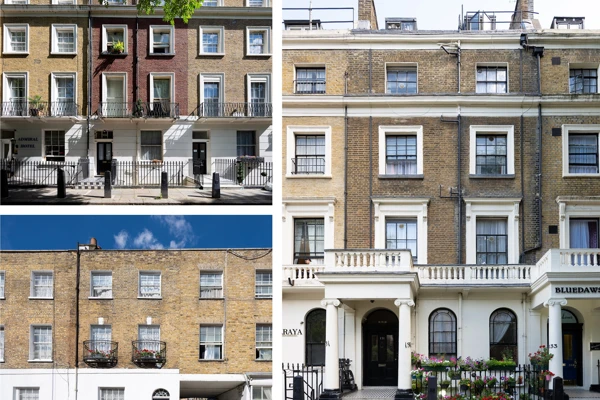
FOR SALE - London, W2
A unique value add portfolio close to Hyde Park in a highly affluent Central London location
Price on application
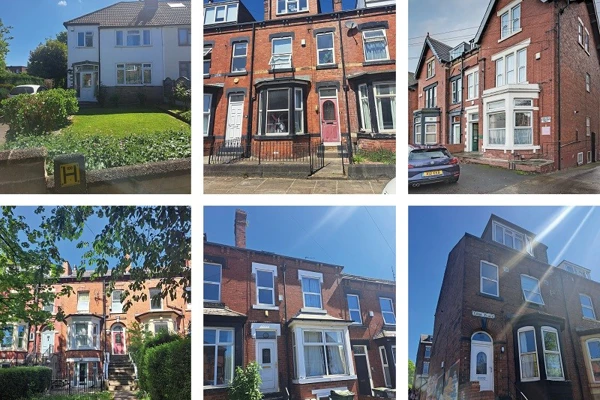
FOR SALE - Leeds
Prime student HMO investment opportunity of 138 bedrooms (22 dwellings).
Price on application
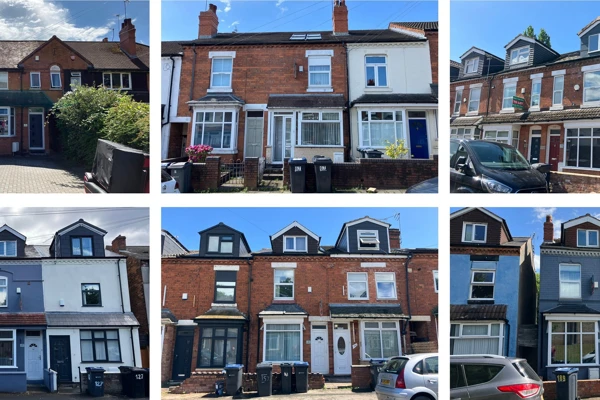
FOR SALE - Selly Oak, Birmingham
40 bed (7 dwellings) HMO portfolio in prime Birmingham student area
Offers in excess of £2,800,000
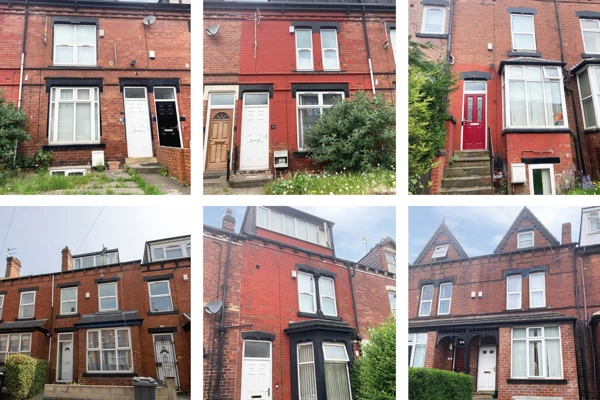
FOR SALE - Leeds, LS6
Prime Hyde Park student HMO portfolio comprising 53 beds.
Offers in excess of £4,550,000
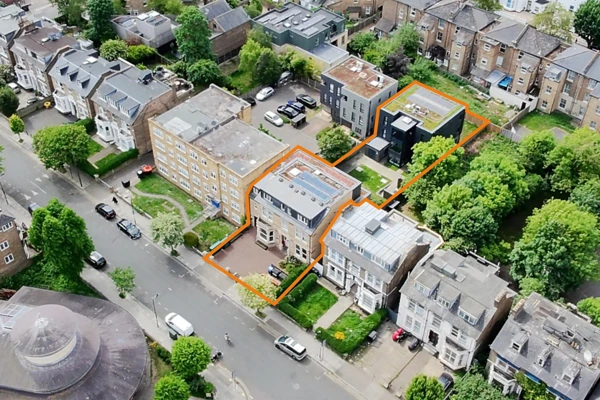
UNDER OFFER - Finsbury Park, London, N4
A modern co-living investment opportunity in Finsbury Park providing 34 letting rooms across two modern blocks with communal living space.
Offers in excess of £6,750,000
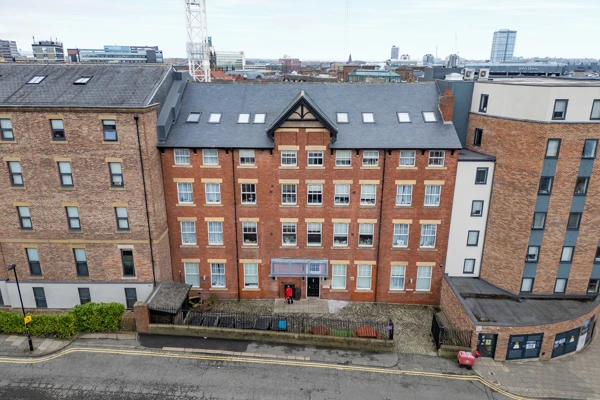
UNDER OFFER - Newcastle Upon Tyne, NE1
Freehold PBSA investment opportunity in prime Newcastle City Centre.
Offers in excess of £4,440,000
HMO Services
Our trusted experts deliver a nationwide service across our Investment, Student, Auction, Valuation and Research teams.
WHAT WE DO
- Strategic sales and acquisition advice for HMO portfolios via private treaty
- Disposal of individual HMOs and portfolios through our established auction platform
- Market leading research and specialist HMO insights
- Valuations of HMO properties and portfolios for loan security and other purposes
- Comprehensive coverage of all HMO types, including student, professional and social housing
WHY ALLSOP
- Recognised market leaders in the disposal and acquisition of HMO portfolios, uniquely positioned to advise on the most effective route to market (private treaty or auction)
- Our in-house Research team offers in-depth data to support decision-making
- Access to StuRents datasets allows us to provide student HMO clients granular insights into this market
- We know the buyers
- National reach from our London, Leeds and Manchester offices
- Cross-departmental collaboration ensures our advice reflects the latest market trends and legislative changes
Key Contacts
Vicky Bingham
Richard Adamson
Adam Kerven
James Wilson
Luke Theodosiou
Oliver Murley
HMO Portfolio Sales & Acquisitions
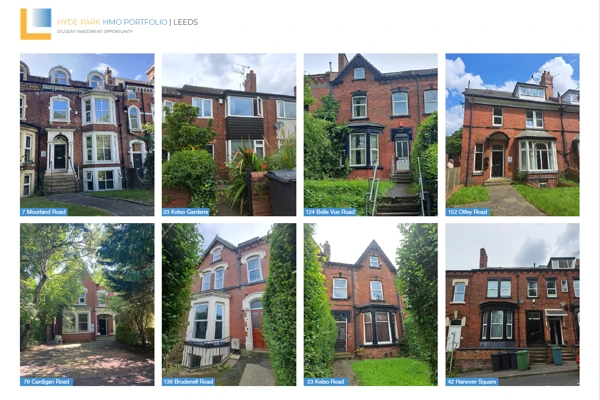
SOLD - Leeds Hyde Park Student HMO Portfolio
- Student HMO portfolio comprising 176 bedrooms within prime locations in the popular student area of Hyde Park in Leeds
- Properties ranged from two bed flats to a 10 bed HMO
- Value-add opportunities
- Sale reflected 8.4% gross yield exclusive of utilities and £72,000 per bedroom
- Exchanged within 10 working days

SOLD - Leazes Parade, Newcastle
- 222 bedroom student investment
- Located within a short walk to Newcastle University Campus and the city centre
- 100% let for AY 2023/24 with a gross income of £950,493
- Guide £7,500,000
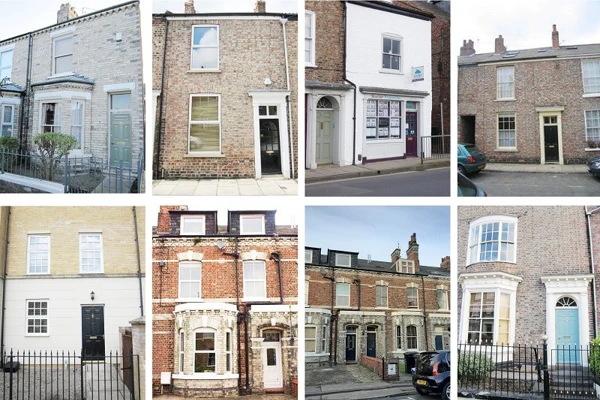
SOLD - York HMO Portfolio
- Three freehold properties comprising 41 bed spaces
- Strong lettings history with no voids in 15 years
- 20% average five year rental growth (2015-2020)
- Benefitting from a favourable underwrite position and value-add potential
- Guide £3,400,000
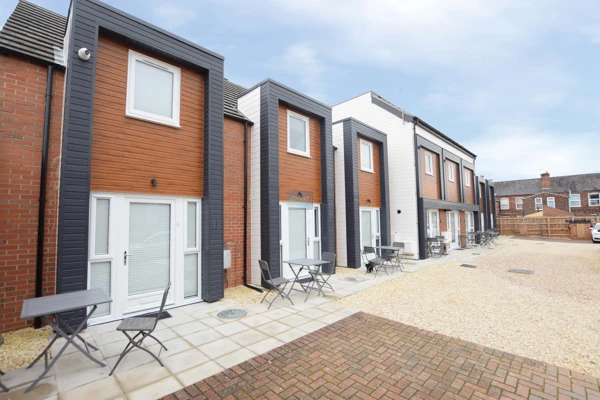
SOLD - Lincoln Portfolio
- Freehold student investment portfolio comprising 11 houses
- Gated development with off street parking
- Excellent location: 7 minute walk from the University of Lincoln campus and a 5 minute walk from Lincoln Train Station
- Guide £1,850,000
HMO Sales at Auction
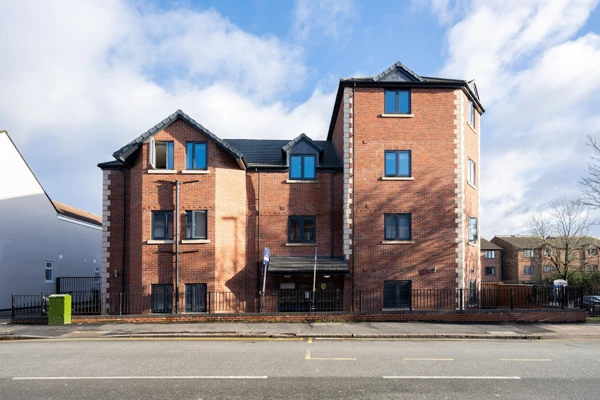
SOLD AT AUCTION - Coventry, West Midlands
Freehold HMO building internally arranged to provide 35 ensuite bedrooms, producing £253,920 per annum (with four units vacant).
Sold £2,255,000

SOLD AT AUCTION - Spalding, Lincolnshire
Semi-detached Freehold Grade II Listed building comprising 10 room HMO, self-contained maisonette & self-contained flat. Producing £55,200 per annum.
Sold £345,000
HMO Valuation Case Studies
HMO FAQs
A House in Multiple Occupation (HMO) is a property, such as a house or flat, that is occupied by three or more individuals from two or more separate households who share common facilities, such as a kitchen and/or bathroom. Simply put, HMO’s are often referred to as Shared Accommodation.
Examples include a three-bedroom house rented to three students or a couple sharing with an unrelated friend.
Yes. There are “small” and “large” HMO’s and they are classed differently by planning use.
Small HMO’s accommodate between three and six occupants and fall under Use Class C4 (House in Multiple Occupation).
Large HMOs, which house seven or more occupants is categorised as Sui Generis, which is effectively a Planning Use Class for those properties that do not fall under any other Class and may require specific planning permission.
A HMO licence is a legal requirement for any HMO with five or more unrelated occupants within the property. It ensures that the property meets specific standards and that the landlord is a 'fit and proper person' to manage it. Licences are typically valid for five years and cannot be transferred to a new landlord following a sale. The exact requirements can vary depending on local authority regulations.
Certain cities, such as York, also have additional licensing scheme which require HMOs with fewer than five tenants to also obtain licences.
The most common starting point for an HMO conversion would be a C3 dwelling, a use class which refers to dwellinghouses and flats occupied by one person/ family. We consider here what is required for conversion to a HMO from C3.
A small HMO (C4) can be converted from C3 through Permitted Development Rights.
A large HMO (Sui Generis) would require Planning Permission.
This does however all depend on the Local Council and Article 4 restrictions.
An Article 4 Direction is a planning regulation that allows local authorities to remove certain permitted development rights in specific areas and restrict the change of use. For example, if a property falls within an Article 4 area, the property cannot change from C3 residential use to a C4 HMO through permitted development rights. The Article 4 Directions are common in student cities where local authorities are trying to limit the increase in the number of properties being let as student HMOs rather than using the housing as C3 family houses.
A Certificate of Lawfulness, also known as a CLEUD or LDC, can be used to confirm a properties use class is lawful for planning purposes. It acts as retrospective planning permission. CLEUDs are often used for HMOs whereby planning permission was never sought prior Article 4 (because it wasn’t needed) and continue to operate as HMOs. It is best practice to obtain CLEUDs prior to a sale although we can still sell properties without CLEUDs as long as there is enough supporting evidence.
The minimum bedroom sizes for HMOs in England are typically:
- 6.51 sq m for one adult
- 10.22 sq m for two adults
However, local authorities may set higher standards, so it's essential to check local regulations.
Live-in landlord HMOs are properties where the landlord lives in the property and rents out rooms to tenants. These arrangements often have different legal requirements compared to standard HMOs, particularly regarding licensing. The specific rules can vary depending on the number of tenants and local authority regulations.
HMO’s are income driven assets and therefore a typically valued on an investment basis, by applying an appropriate yield on the gross/ net income. This approach can of course vary depending on the circumstances and the valuation approach is therefore selected on a case-by-case basis. The capital value can be sense checked on a price per bed basis.
Typically, HMOs are valued based on a gross yield net of utilities however other metrics such as whether the property is under or over-rented and has value-add potential are taken into consideration to arrive at the valuation.
Factors which can determine how the HMO is valued are the use class of the property, the tenancy details, licensing details, location and demand, as well as many other factors. The income can be generated from a variety of different sources, such as student lets, professional and other shared living services.
For Tenants
Renting a room in an HMO is often a more cost-effective alternative to renting an entire property. Additionally, HMO rents typically include utility bills such as heating, electricity, and council tax, which is an added incentive.
For Investors
HMOs offer landlords and property investors the opportunity to maximize rental income from a single property. In most cases, the total rental income generated from multiple tenants significantly exceeds the amount that could be achieved by renting the property as a whole to a single household or family. This has been more important to investors since the significant increase in interest rates over recent years.
HMO Insights

A student landlord’s perspective on The Renters’ Reform Bill
The Renters’ Reform Bill is causing student HMO landlords some concern. The reoccurring conversations we’re having with our c...

Student HMOs: learn the tricks to reap the rewards
Whilst attending conferences, watching webinars and reading student housing reports, I cannot help but feel like the houses i...

HMO Legislation Update – Protecting Tenants from Rogue Landlords
Autumn 2018 saw the implementation of revised standard requirements for Houses in Multiple Occupation (HMOs), with the Licen...

Time to move the spotlight away from PBSA?
Whilst the vast majority of student property research and subsequent statistical analysis relates to new, purpose-built stud...

HMO investment: The impact of Article 4
Undergraduates have moved into areas of Britain’s big cities ripping the heart out of our communities and leaving devastatio...
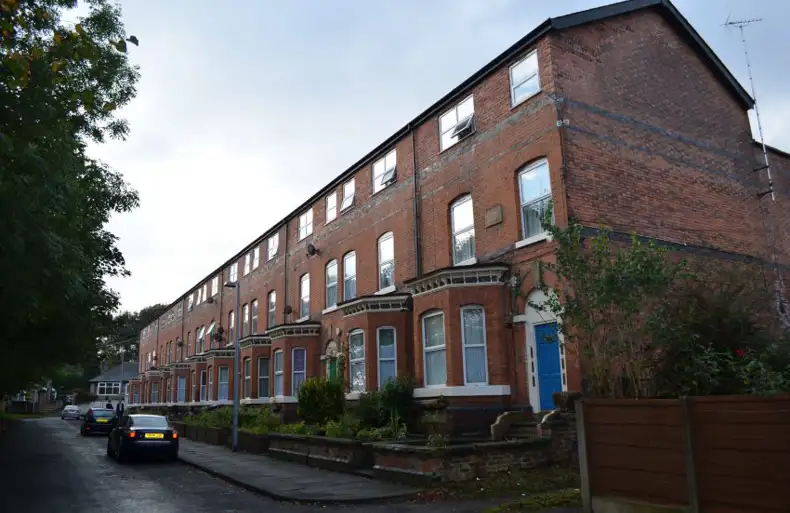
Large-scale investors spot a gap in the market for student digs
In January 2016, we shared our thoughts on why larger investors should look at student HMOs. Over the last year, many large-...








